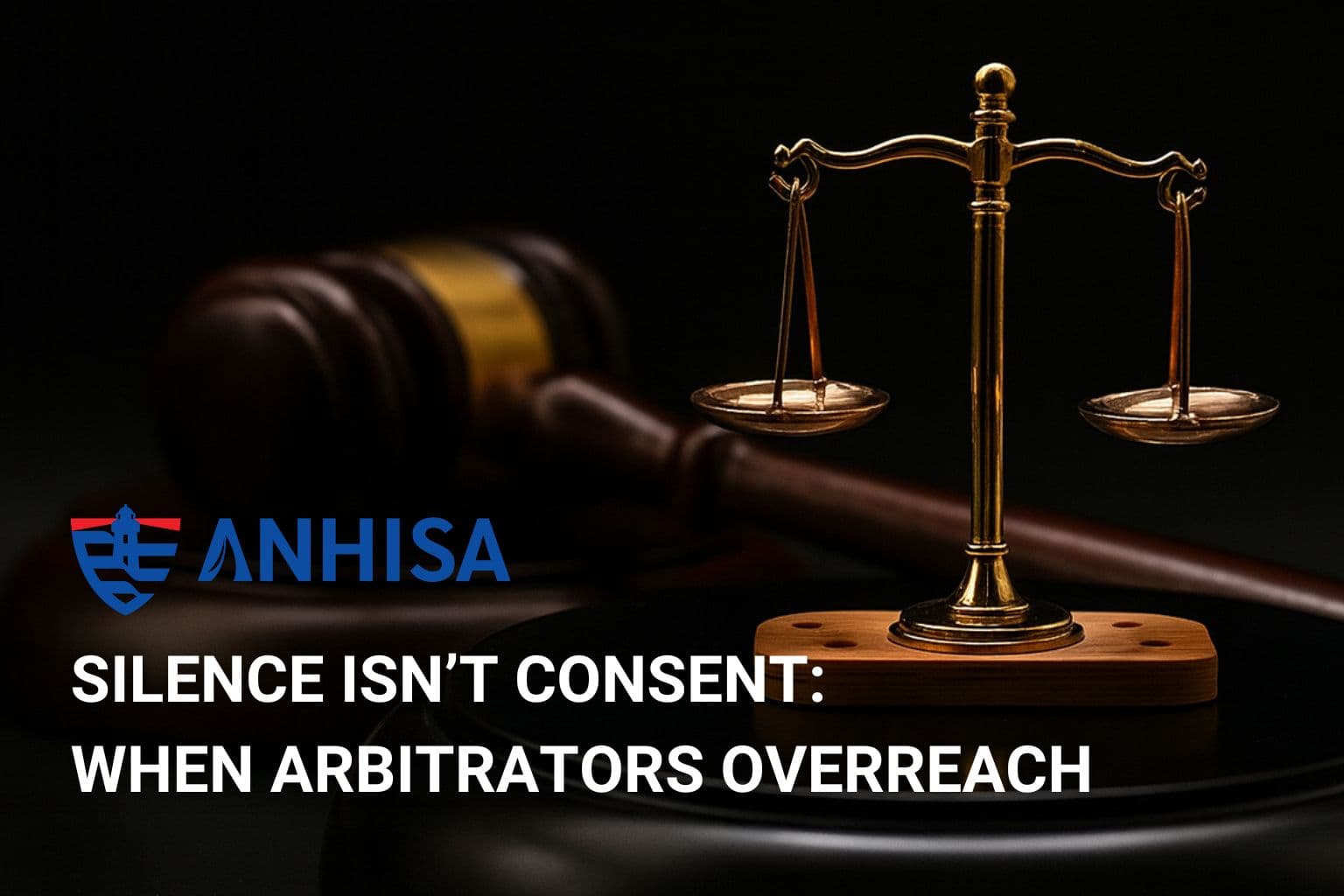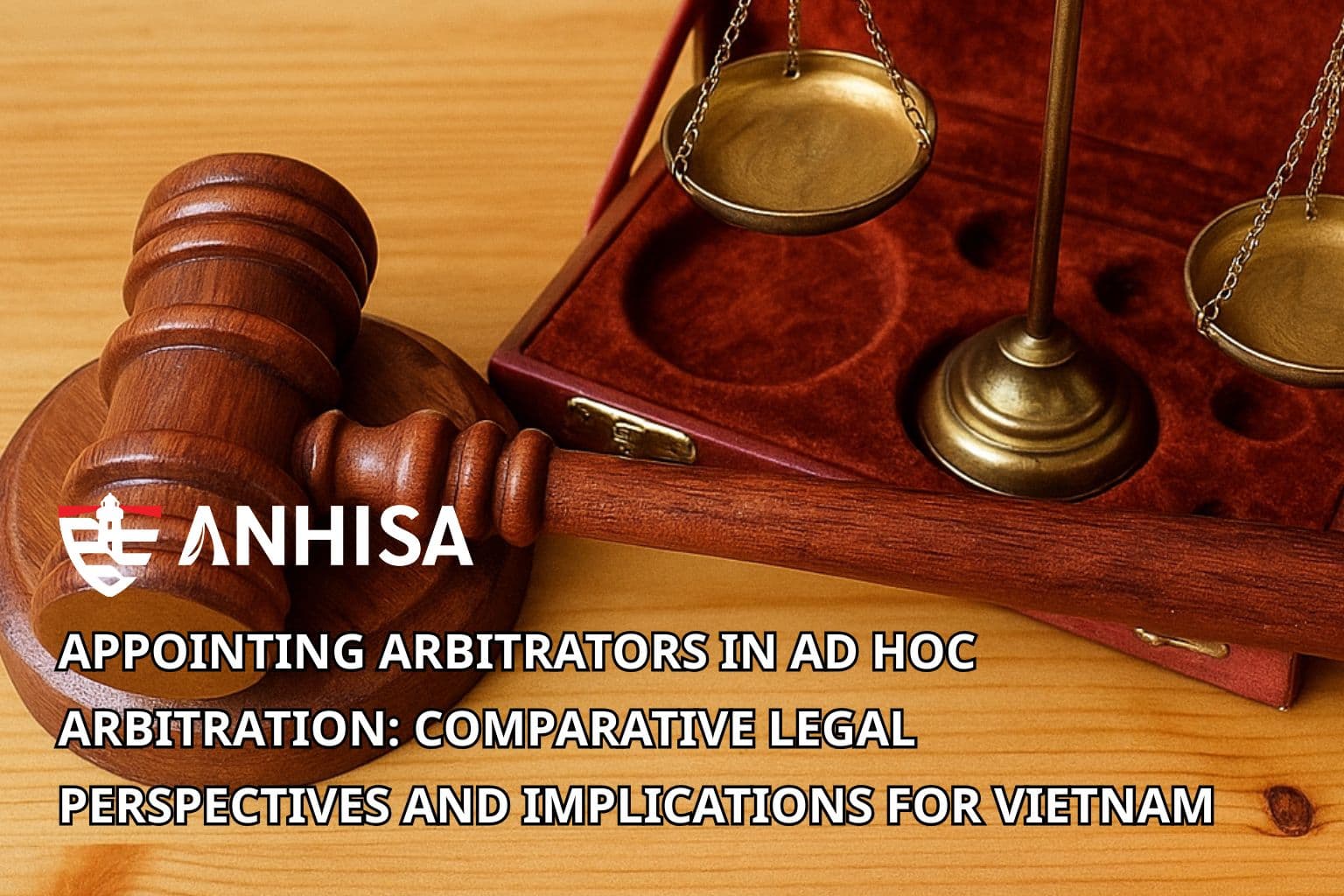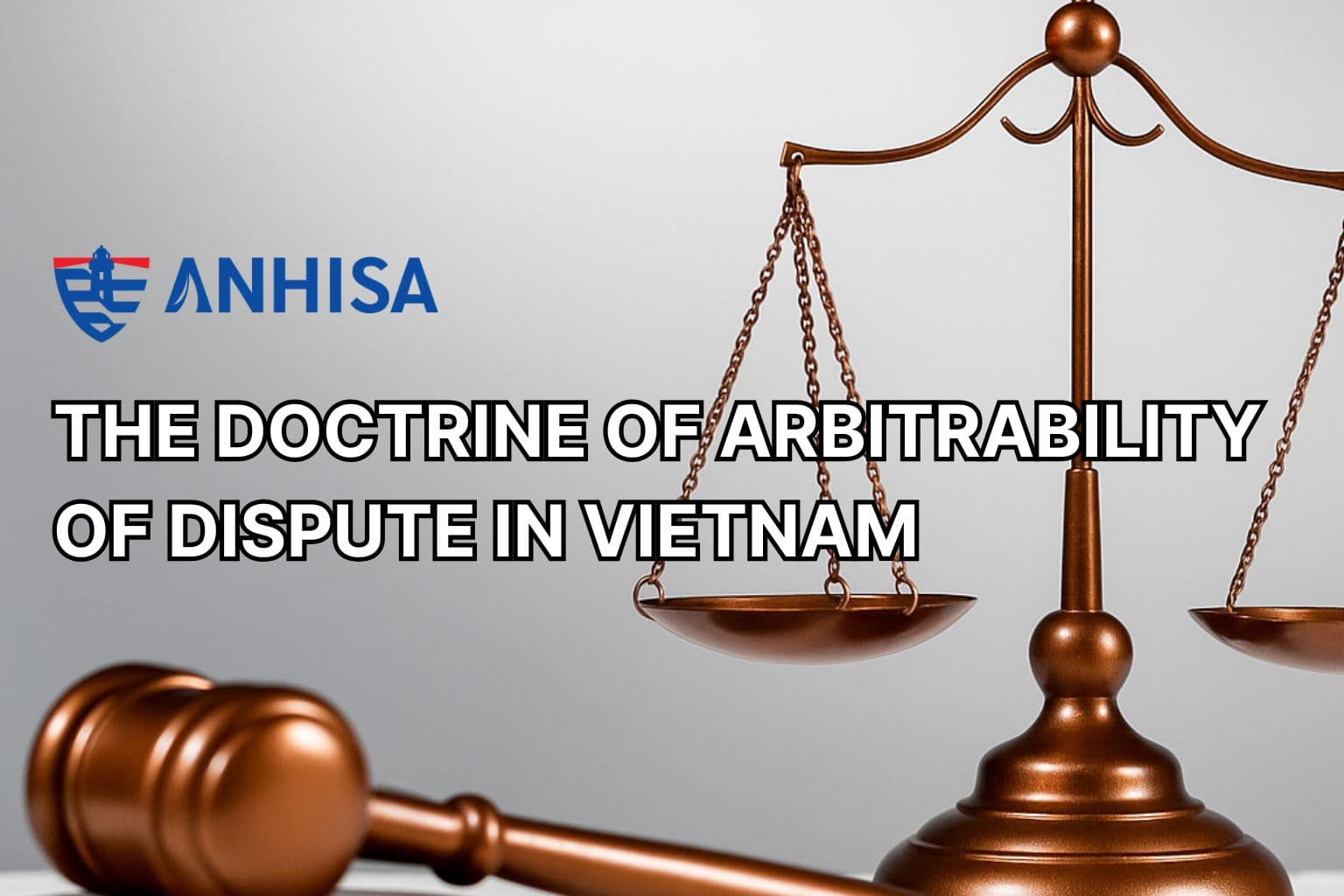[A SERIES OF ARBITRATION NOTES] EPISODE 12| SIAC NEW RULES FOR 2025| Change Of Representatives
May 15, 2025
Introduction
The landscape of international arbitration continues to evolve as institutions strive to balance procedural flexibility with certainty and fairness. One particularly nuanced area gaining increasing attention is the regulation of changes in party representation during arbitral proceedings. The Singapore International Arbitration Center‘s (SIAC) latest rules revision introduces significant modifications to how changes in representation are handled, reflecting a growing recognition of the potential impact such changes can have on arbitral integrity.
Rule 10 could be found to have established a comprehensive framework for party representation, balancing autonomy with procedural integrity through a two-tier approach: before tribunal constitution, parties must simply notify the Registrar and other parties of representation changes, while after constitution, changes require tribunal approval following a structured assessment. The tribunal may withhold approval only where changes could compromise tribunal composition or proceeding integrity, guided by multiple factors including the fundamental principle of party choice, the stage of proceedings, and efficiency considerations. This balanced approach respects parties’ right to select representatives while providing tribunals with structured authority to prevent tactical disruptions, representing a thoughtful middle ground between absolute party autonomy and strict institutional control. This article examines the conceptual and practical foundations of these regulatory shifts, analyzing why these changes have been implemented and their implications for practitioners.
The Pre-Constitution Notification Requirement: Beyond Simple Communication
The introduction of a formal notification requirement for representation changes before the tribunal’s constitution represents a significant procedural advancement in SIAC’s framework. This requirement fundamentally addresses the need for transparency at the earliest stages of arbitration proceedings.
Traditional approaches to party representation have operated under the assumption that changes prior to tribunal constitution are relatively inconsequential from a procedural standpoint. However, this perspective fails to recognize the potential for early-stage representation changes to impact subsequent proceedings. The SIAC rules now acknowledge that even pre-constitution changes can affect the integrity of the arbitration process.
This shift aligns with the IBA Guidelines on Party Representation in International Arbitration, which emphasize that party representatives should identify themselves at the “earliest opportunity”. The rationale behind this approach becomes clear when examining the potential consequences of undisclosed changes in representation. As noted in the IBA Guidelines commentary, identification of representatives is essential for conflict checking and maintaining procedural integrity from the outset. The requirement establishes a baseline of transparency that carries through the entire arbitration.
From a practical perspective, early notification of representation changes serves several critical functions. First, it enables potential conflicts to be identified and addressed before the tribunal is constituted, potentially avoiding more disruptive challenges later. Second, it creates a clear record of representation that assists institutions and prospective arbitrators in conducting thorough conflict checks. Third, it places all parties on equal footing regarding knowledge of the opposing side’s legal team.

Post-Constitution Changes: From Notification to Approval
The shift from simple notification to a formal approval mechanism for post-constitution changes in representation marks perhaps the most significant evolution in SIAC’s approach. This transition raises fundamental questions about the balance between party autonomy and tribunal authority in managing the integrity of arbitral proceedings.
Under SIAC’s 2025 Rules, changes in party representation after the tribunal constitution must be proposed to the tribunal rather than merely communicated. This represents a conceptual shift from an information-based model to an approval-based model. The key question is why this more restrictive approach has been adopted.
The evolution toward an approval-based system reflects growing recognition that late-stage changes in representation can significantly impact arbitral proceedings. The LCIA Rules provided early leadership in this area, establishing in Article 18.3 that changes in representation “shall only take effect subject to the approval of the tribunal.” This approach has gained traction as arbitral institutions acknowledge the potential disruptions that representation changes can cause.
The empirical foundation for this shift can be traced to documented instances where late introduction of counsel has been used as a tactical maneuver to delay proceedings or create conflicts with tribunal members. The archetypal example, as noted in the materials, is the ICSID case of Hrvatska Elektropivreda d.d. v. Republic of Slovenia, where the tribunal prohibited the participation of newly appointed counsel due to a conflict with the tribunal president.
The approval requirement serves as a preventative rather than reactive measure. As noted in the commentary to the IBA Guidelines, addressing potential conflicts before they materialize is preferable to managing them after they have disrupted proceedings. By requiring tribunal approval, the rules create a mechanism to evaluate potential issues before they manifest as procedural problems.
This approach also acknowledges the inherent tension between a party’s right to counsel of choice as in party-autonomy and the equally important right to efficient, unbiased proceedings as in arbitration’s impartiality. The approval mechanism represents a carefully calibrated balance between these competing interests, allowing tribunals to intervene only when necessary to preserve the integrity of the arbitration.
In brief, SIAC’s approach could be found consistent with, yet distinguishable from, other institutional rules:
- ICSID Arbitration Rules (2022) – Rule 18: The parties’ request to change the representative must be notified to the General-Secretary, who shall later inform the Tribunal and the other party, yet the Tribunal may determine otherwise if potential conflict exists.
- LCIA (2020) – Article 18.4: Requires tribunal approval post-constitution
- HKIAC (2018) – Art. 13.7: Tribunal may withhold approval to prevent unfair advantage or conflict
- UNCITRAL (2010) – No specific provision: Practice governed by general principles of fairness and discretion.
SIAC adopts a middle ground: no prior approval is required, but tribunal disapproval is available if prejudice arises.
Grounds for Withholding Approval: Arbitral Integrity Protection
The most nuanced aspect of SIAC’s evolved approach is the establishment of specific grounds upon which a tribunal may withhold approval for representation changes. Under the 2025 Rules, a tribunal may withhold approval where a change “could compromise the composition of the Tribunal or the integrity of the proceedings”. This formulation warrants close examination.
The first ground of compromising tribunal composition directly addresses conflicts of interest that may arise between new representatives and sitting arbitrators. This concern is rooted in foundational principles of arbitrator independence and impartiality. When a party introduces new counsel who has a relationship with a tribunal member, this creates a potential conflict that may necessitate arbitrator recusal, thereby disrupting the tribunal’s composition.
The rationale behind this ground becomes clearer when examining the nature of conflicts that typically arise in international arbitration. These conflicts often stem from professional relationships between representatives and arbitrators such as shared law firm membership, previous collaborative work, or membership in the same chambers. While such relationships may be entirely ethical in isolation, they can create justifiable doubts regarding impartiality when introduced mid-proceedings.
The SIAC Rules’ approach aligns with, yet subtly differs from, the IBA Guidelines on Party Representation. While the IBA Guidelines refer to relationships that “would create a conflict of interest”, the SIAC formulation focuses on changes that “could compromise the composition of the Tribunal”. This distinction is significant, as it emphasizes the potential impact on tribunal stability rather than solely the existence of a conflict.
The second ground regarding compromising proceeding integrity is broader and addresses concerns beyond conflicts of interest. This may include situations where representation changes appear designed to delay proceedings, where new counsel may have access to confidential information from previous related proceedings, or where the change creates an unfair tactical advantage.
SIAC’s approach reflects a recognition that family relationships or close personal connections between new representatives and arbitrators may create conflicts that warrant intervention. The formulation “could compromise” establishes a forward-looking standard that allows tribunals to consider potential rather than merely established impacts. This preventative approach aligns with the broader aim of maintaining efficient proceedings and enforceable awards.
The language of the rule also establishes important parameters for tribunal discretion. By specifying particular grounds for withholding approval, SIAC has created a structured framework for decision-making that both guides tribunals and informs parties of the relevant considerations. This approach strikes a balance between unfettered tribunal discretion and rigid rules that might not accommodate case-specific considerations.

Illustrative Case Law on Representation Changes
The jurisprudence surrounding changes in party representation reveals the practical challenges that have prompted institutional rule revisions. While Hrvatska remains the foundational case in this domain, several other key decisions merit closer examination.
In the case of Universal Compression v. Venezuela involving objections to existing counsel rather than to new representation, the tribunal denied the request to disqualify counsel, emphasizing that “the power to exclude counsel is exceptional and should be exercised with caution.” The tribunal conducted a proportionality analysis that balanced alleged conflicts against the disruption that counsel disqualification would cause. The decision underscores that interventions in party representation should remain exceptional rather than routine. This principle delivered party autonomy as the default position while allowing tribunal intervention only when specific grounds are established.
In another case of Bridgestone Americas, Inc. and Bridgestone Licensing Services, Inc. v. Republic of Panama, representation changes have shown to affect tribunal composition. When Panama added counsel who had previously worked with an arbitrator, the arbitrator recused himself rather than restricting the party’s choice of representation. This resulted in tribunal reconstitution, demonstrating the practical efficiency costs that representation changes can impose. The case could help demonstrate why SIAC’s rules specifically identify “compromising the composition of the Tribunal” as grounds for withholding approval. By allowing preventative intervention, the rules seek to avoid the more disruptive scenario of tribunal reconstitution late in proceedings.
Balancing Competing Interests: A Multi-Factor Approach
SIAC’s 2025 Rules wisely incorporate additional factors for tribunals to consider when evaluating representation changes. The rules specifically mention “the general principle that a party may be represented by a representative of its choice, the stage which the arbitration has reached, and the efficiency likely to result from maintaining the composition of the Tribunal”.
This multi-factor approach acknowledges that decisions regarding representation changes necessarily involve competing interests that must be balanced in a context-specific manner. The explicit reference to a party’s right to counsel of choice reflects the fundamental importance of party autonomy in arbitration. Simultaneously, the consideration of timing and efficiency acknowledges the practical realities of arbitral proceedings.
The approach also recognizes that different considerations may apply depending on when a change is proposed. A representation change proposed early in proceedings may warrant different treatment than one proposed immediately before a hearing or after significant procedural steps have occurred. This flexible, contextual approach allows tribunals to exercise discretion while still operating within a principled framework.
Enforcement Considerations: Mitigating Award Vulnerability
Decisions restricting a party’s choice of representation raise important enforcement considerations under the New York Convention. Article V(1)(b) provides that recognition may be refused where a party “was unable to present its case.” Courts have generally interpreted this provision narrowly, requiring “impossibility rather than difficulty” in case presentation. In E.I. Zanasi S.R.L. v. Zanasi Fratelli S.R.L., an Italian court rejected an enforcement challenge based on counsel restrictions, finding that alternative representation provided an adequate opportunity to present the case.
These enforcement decisions suggest that carefully reasoned restrictions under institutional rules like SIAC’s are unlikely to jeopardize awards if the party retained meaningful representation. This reinforces the value of SIAC’s structured approach, which requires tribunals to balance multiple factors rather than imposing categorical restrictions.
Conclusion
SIAC’s revised approach to party representation changes offers significant guidance for arbitration practitioners and institutions alike. The rules establish a balanced framework that acknowledges both party autonomy and procedural integrity concerns. By adopting a multi-factor analysis rather than rigid prohibitions, SIAC has created a flexible system capable of accommodating various scenarios while providing meaningful structure.
For arbitration practitioners, these developments underscore the importance of strategic thinking about representation planning. Counsel should consider potential conflicts at the earliest stages of proceedings and approach representation changes with transparency and procedural fairness in mind. The evolving regulatory landscape suggests that tactical representation changes designed to create conflicts or delays may increasingly face institutional resistance.
At our firm, we recognize that navigating these complex representation issues requires both technical expertise and strategic insight. Our team regularly advises clients on optimal representation arrangements that minimize procedural risks while preserving autonomy. We have successfully guided clients through representation transitions in various institutional contexts, ensuring compliance with evolving rules while maintaining effective advocacy.
The SIAC rules revision reflects a broader trend toward greater procedural regulation in international arbitration. As institutions continue to refine their approaches to representation issues, practitioners must stay abreast of these developments to provide optimal client service. Our firm remains committed to monitoring these evolving standards and incorporating them into our strategic advice, ensuring that clients can navigate representation changes seamlessly within their broader dispute resolution objectives.
By approaching representation changes with foresight and procedural sensitivity, parties can minimize disruption and maintain focus on the substantive merits of their disputes. As international arbitration continues to mature as a dispute resolution system, thoughtful management of representation issues will remain essential to achieving efficient, fair, and enforceable outcomes.
ANHISA LLC AND OUR EXPERTISE
ANHISA LLC is a boutique law firm specializing in Dispute Resolution, Shipping and Aviation. Being the leading lawyers in various fields of law, our qualified, experienced, and supportive team of lawyers know how to best proceed with a case against or in relation to Vietnamese parties and are well equipped to provide clients with cost-effective and innovative solutions to their problems.
Regarding dispute resolution, we have represented Vietnamese and foreign clients in the resolution of disputes involving maritime, construction, commercial and civil matters. Our lawyers are well-equipped to offer services on a wide range of disputes and conflicts, whether cross-border or purely domestic, to appear before any Judges or Arbitral Tribunals. The firm is prepared to assist clients in designing the appropriate dispute resolution procedure to help resolve conflicts as efficiently and cost effectively as possible, which may involve combining elements of mediation and other methods such as arbitration.
AUTHORS
DANG VIET ANH
Managing Partner
Mobile: (+84) 983 467070
Email: anh@anhisa.com
NGUYEN THI TUYET MAI
Senior Associate
Mobile: (+84) 939 117398
Email: mai@anhisa.com
PHAN MINH PHUONG
Associate
Mobile: (+84) 969 875630
Email: phuong@anhisa.com
This article aims to furnish our clients and contacts with general information on the relevant topic for reference purposes only, without creating any duty of care on the part of ANHISA. The information presented herein is not intended to serve, nor should it be considered, as a substitute for legal or other professional advice.
Related posts

SILENCE ISN’T CONSENT: WHEN ARBITRATORS OVERREACH
November 27, 2025

APPOINTING ARBITRATORS IN AD HOC ARBITRATION: COMPARATIVE LEGAL PERSPECTIVES AND IMPLICATIONS FOR VIETNAM
October 08, 2025

PARTIES TO AN ARBITRATION AGREEMENT
October 01, 2025

THE DOCTRINE OF ARBITRABILITY OF DISPUTE IN VIETNAM
September 24, 2025
- EMAIL:
- om@anhisa.com
- office@anhisa.com
- TEL:
- Hanoi Office: +84 24 320 47609
- Saigon Office: +84 28 5416 5873
- HOTLINE:
- +84 (0) 939 117 398
- +84 (0) 983 488 380

